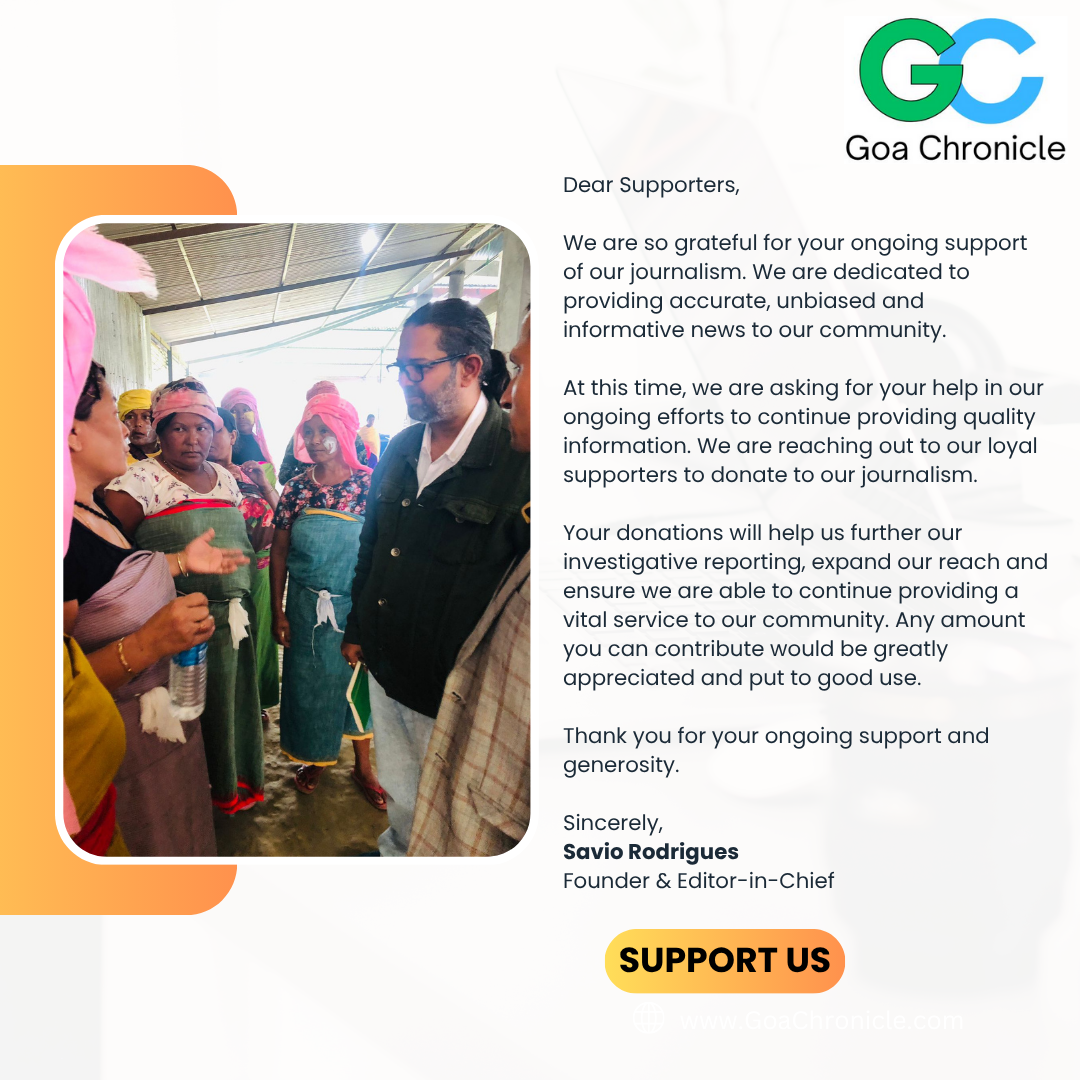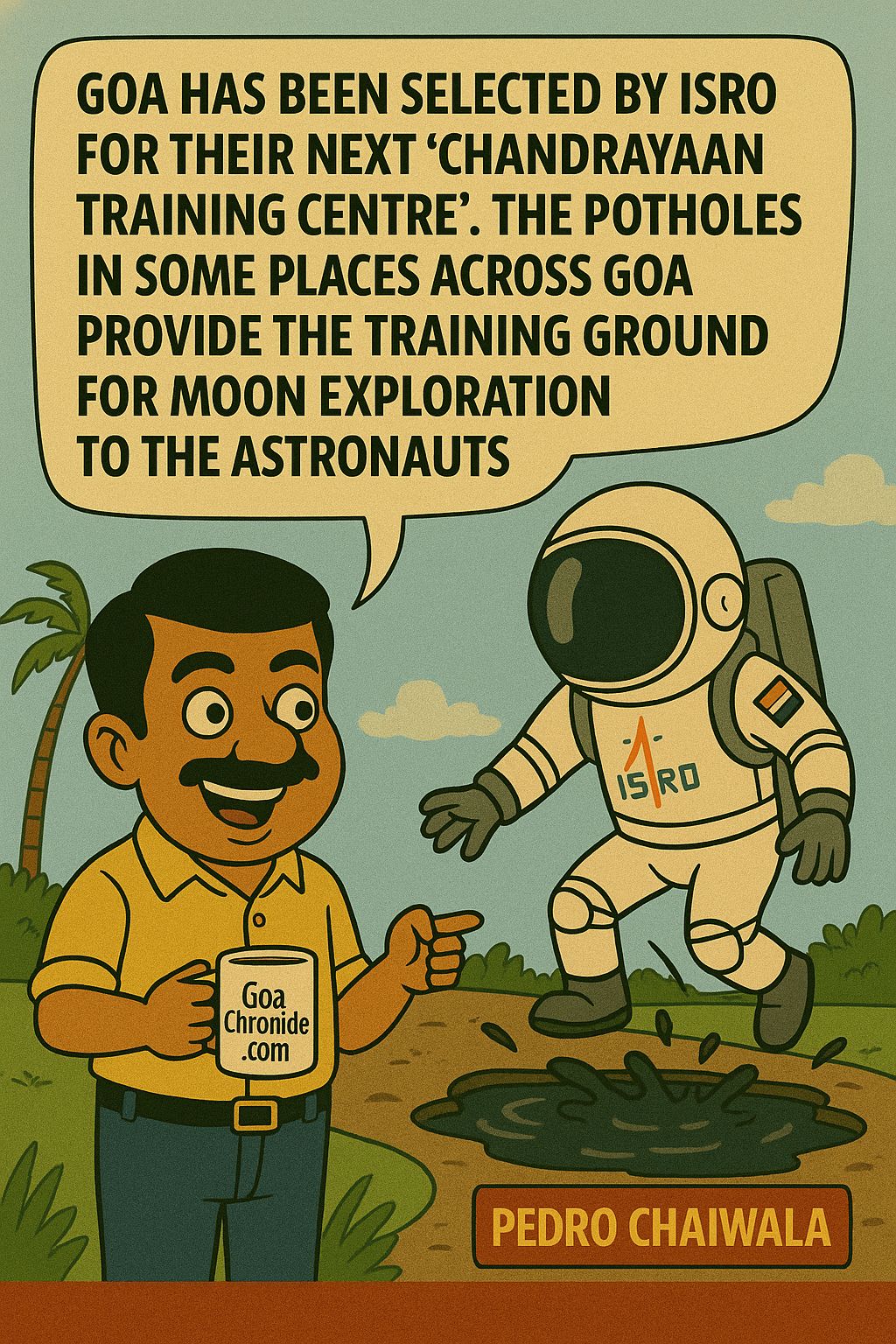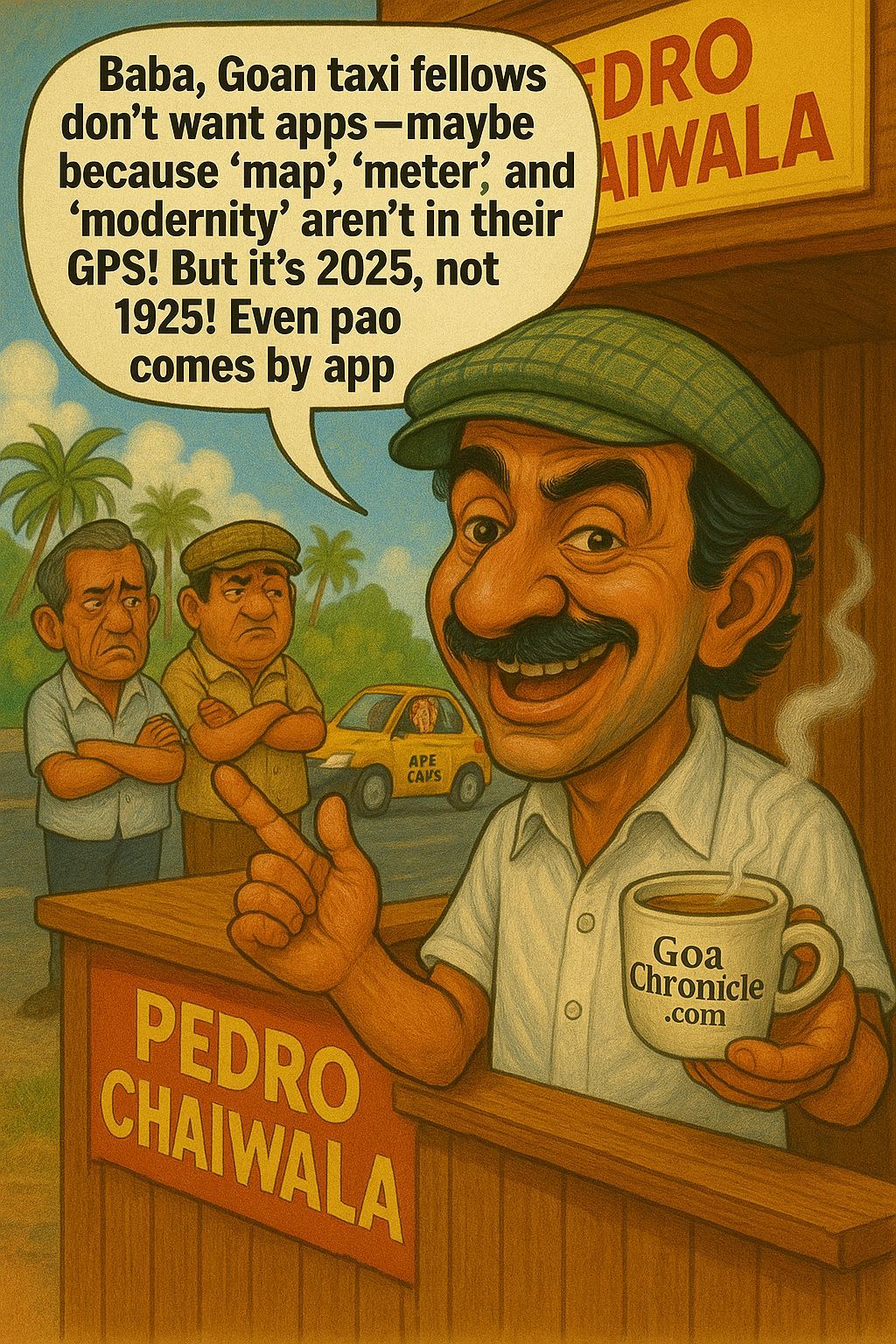Goa’s story has long been trapped between two economic narratives – the glitter of tourism and the grime of mining. One promises beauty, the other brings in money, and both have left the state dependent, vulnerable, and at times, directionless. The truth is, Goa cannot and must not build its economic destiny on the shoulders of two sectors that are cyclical, volatile, and politically manipulated. If Goa truly wants to grow into a self-sustaining, innovation-driven economy, it needs to look beyond beaches and bauxite.
Here are seven sectors that can define a new economic blueprint for Goa – one that respects its environment, empowers its youth, and redefines prosperity in a sustainable and intelligent way.
1. Aquaculture and Marine Biotechnology – Goa’s Blue Economy Potential
Goa’s 104-kilometre coastline and rich estuarine systems make it an ideal candidate for a blue economy revolution. But we’ve barely scratched the surface. States like Andhra Pradesh and Gujarat have turned aquaculture into billion-dollar industries. Andhra alone contributes more than ₹50,000 crore annually to India’s seafood exports. Goa, with its coastal resources, could be generating at least a tenth of that if policies, infrastructure, and incentives were in place.
The vision shouldn’t just stop at shrimp or fish farming. Goa can build marine biotech clusters – breeding centres for ornamental fish, algae-based nutraceuticals, and marine enzymes for pharmaceuticals. Research collaboration between institutions like the ICAR-Central Coastal Agricultural Research Institute (CCARI), Goa University, and private biotech firms could create a niche for Goa as India’s marine innovation hub.
Moreover, community-based aquaculture can empower coastal villages. If 50% of Goa’s coastal population engages in sustainable aquaculture practices, it can create over 25,000 direct jobs and triple the income of fishing households. This is an economy built not on extraction, but on regeneration.
2. Knowledge and Education Exports – Goa as an International Learning Destination
Education is an invisible export – one that earns foreign exchange without burning natural resources. Goa already has an advantage: safety, connectivity, quality of life, and English-speaking educators. But the state has failed to leverage these into a global education ecosystem.
Imagine a Goa where international students come not just to relax, but to learn — hospitality at V. M. Salgaocar Institute of International Hospitality Education (VMSIIHE), marine studies at Goa University, design at the Goa College of Art, pharmacy at the Goa College of Pharmacy, Medical studies at the Goa Medical College and tech innovation in private institutes that collaborate with global universities.
With the right marketing, policy push, and branding, Goa can easily attract 10,000 foreign students annually, contributing an estimated ₹1,000 crore in tuition fees, housing, and local spending. The multiplier effect on housing, transport, and local businesses could be transformative.
What Goa needs is an Education Export Policy – a framework that simplifies international tie-ups, offers student visa assistance, and promotes Goa as India’s “Learning by the Sea” destination. Countries like Malaysia and Singapore did this two decades ago and now earn billions annually from education exports. Goa can follow suit – if it dares to think beyond its beaches.
3. High-Value Agriculture and Food Processing — From Cashews to Clean Label Brands
Agriculture in Goa is often seen as nostalgic rather than profitable. But the future of agriculture lies not in volume, but in value. Goa’s small land parcels, high literacy, and entrepreneurial spirit make it ideal for high-value agriculture – organic spices, medicinal herbs, floriculture, and bioenzyme-based fertilizers.
The global organic food market is expected to touch USD 400 billion by 2030, and Goa can carve a niche as a boutique producer of premium, traceable produce. Imagine Goan black pepper, organic turmeric, or passion fruit juices branded and exported as “Goa Origin” – a label that carries both heritage and purity.
The missing link is a strong food processing ecosystem. Goa can attract micro and mid-sized agro-processors by offering tax incentives, logistics support, and brand linkages. The cashew industry can evolve beyond feni and nuts into cashew-based snacks, plant-based milk, and skincare oils.
If Goa sets up an Agro-Innovation Zone, it can easily generate ₹3,000 crore in value-added exports within five years. A mix of farmers, food technologists, and startups can redefine rural Goa’s economy – where the youth see opportunity not in cities, but in farms connected to global markets.
4. Renewable Energy and Green Manufacturing – Powering a Self-Sustaining Goa
Goa’s energy needs are almost entirely imported. For a state that prides itself on sustainability, that’s a paradox. The sun shines 300 days a year, the winds blow along the coast, and yet, solar energy contributes less than 10% of Goa’s consumption.
The global renewable sector isn’t just about saving the planet; it’s a trillion-dollar business. Goa can transform itself into a Green Manufacturing Hub – producing solar panels, battery components, and energy-efficient appliances. A cluster approach – say, a Solar Valley in Pernem or Dharbandora – can attract investments, create employment, and reduce dependency on central grids.
The Goa Energy Development Agency (GEDA) must be given greater autonomy to invite global partnerships. With the right PPP (Public-Private Partnership) model, Goa can achieve 100% renewable energy in government buildings by 2030. This sector alone can create 15,000 skilled jobs, especially for engineering and polytechnic graduates who currently migrate out of state.
Green energy isn’t just policy – it’s identity. A truly sustainable Goa can sell itself not just as a tourist paradise, but as India’s first carbon-neutral coastal economy.
5. Creative and Digital Industries – The Intellectual Goldmine
There’s a quiet creative revolution happening in Goa – startups, digital artists, independent filmmakers, game designers, and content creators are making Goa their base. They are not miners, they are minders – using intellect, art, and innovation to generate value without depleting resources.
Goa can formalize this creative pulse into an economic engine. A Creative Industries Policy can offer tax breaks, co-working zones, and global festivals that bring together digital artists, musicians, animators, and entrepreneurs.
If Goa hosts even 10 major digital or creative summits a year, it can attract ₹500 crore in direct spending and brand visibility. Add to that the digital nomad economy – professionals from around the world working remotely from Goa’s serene environment – and you have an economy that earns globally, spends locally, and sustains ecologically.
This is the Goa that doesn’t sell its sand – it sells its ideas.
6. Pharmaceuticals and Healthcare — Goa’s Industrial Backbone
Pharmaceuticals are already one of Goa’s strongest industrial pillars — contributing over 10% of India’s pharma output. Yet, it remains an under-leveraged strength. Goa has more than 70 pharmaceutical manufacturing units, including global giants like Cipla, Glenmark, and Pfizer, employing over 25,000 people.
But the future lies in moving up the value chain — from generics to biopharmaceuticals, medical devices, and clinical research. Goa can attract R&D labs focused on vaccine development, biotechnology, and nutraceuticals.
Simultaneously, healthcare as a service industry is ripe for expansion. With its quality hospitals, connectivity, and serene environment, Goa can become India’s Medical Wellness Destination — offering integrated treatments that combine modern medicine with holistic wellness.
Medical tourism, if developed ethically, could bring in ₹2,000 crore annually while promoting Goa as a global hub for preventive and restorative healthcare.
7. Startups and Technology — The Catalyst Economy
No modern economy can thrive without a strong technology backbone. Goa must position itself as a startup-friendly state, not through token incubators, but through a statewide innovation grid — connecting universities, investors, and entrepreneurs.
Focus areas should include AI, bioengineering, marine tech, agri-tech, and clean energy solutions — sectors that align with Goa’s natural advantages. With proper incubation infrastructure and seed funding, Goa could attract 200–300 startups in the next five years, generating a new generation of high-paying jobs.
Digital transformation of governance, agriculture, and fisheries could make Goa the model state for India’s Smart Coastal Economy.
The Roadmap Forward: Vision, Not Vanity
The five sectors – aquaculture, education, agriculture, renewable energy, and creative industries – aren’t random ideas. They are interconnected. Each one complements the other in building a self-sustaining Goa. Aquaculture links with biotech and food processing. Education ties into research and innovation. Renewable energy powers industries sustainably. Creative industries amplify brand Goa globally.
But this transformation needs political will, policy clarity, and institutional alignment. Goa must move from subsidy economics to strategy economics. It must reward entrepreneurship, empower local talent, and design infrastructure that aligns with ecological integrity.
The Goa of the future cannot be just about the next tourist season or the next mining lease. It must be about creating ecosystems that outlive governments. It must be about wealth that does not scar the land but heals it.
As I often say — Goa’s greatest resource is not its ore or its ocean. It’s its people. The world already knows Goa for its sunsets. It’s time they know Goa for its sunrise industries.































